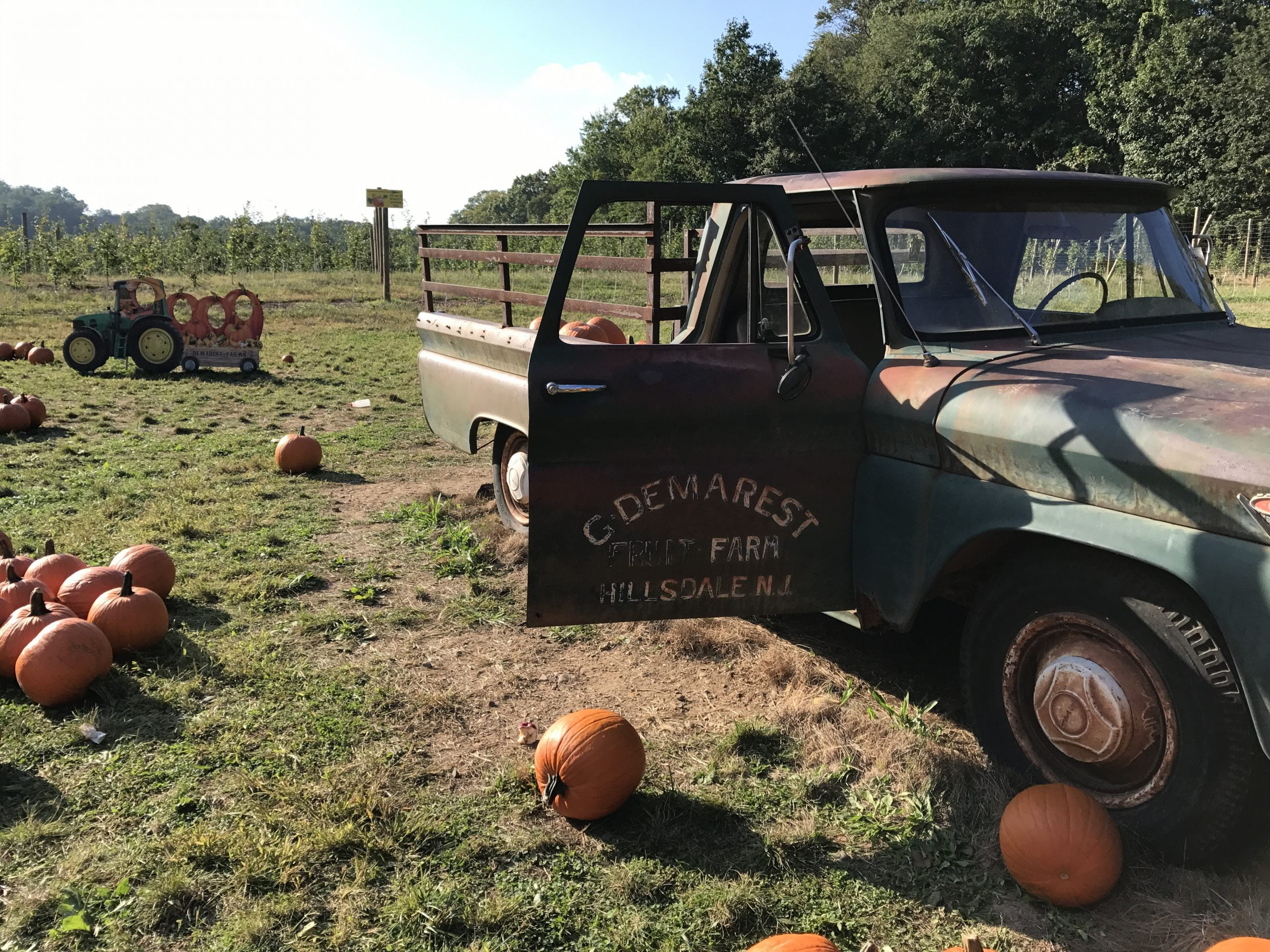Description
The Historic Campbell-Christie House: A Journey Through Time
The Campbell-Christie House, located in River Edge, New Jersey, is a remarkable testament to American history, particularly during the Revolutionary War era. This historic house, constructed around 1774 by Jacob Campbell, a skilled stonemason, offers a unique glimpse into the architectural and cultural heritage of Bergen County. Let’s take a journey through the rich history of this iconic house and its significance in American history.
Early History and Construction
The Campbell-Christie House was originally built as a store by Jacob Campbell near the intersection of River Road and what is now Henley Avenue in New Milford, New Jersey. This location was on land owned by Campbell’s father, William Campbell, who also operated a tavern nearby. The construction of the house coincided with Jacob’s marriage to Altche Westervelt, and the building served not only as a residence but also as a place of business.
Jacob Campbell played an active role during the American Revolution, serving with the Bergen Militia. The war took a toll on his property, but by 1780, tax records indicate that Jacob had established himself as a merchant. Following his father’s death in 1793, Jacob sold the property to Abraham Brower, whose brother, John Brower, a blacksmith, operated a smithy on the premises until his death a year later.
Transition and the Christie Family
In 1795, John D. Christie, a blacksmith, purchased the house for £250 and transformed it into a tavern. This marked the beginning of the Christie family’s long association with the house. John D. Christie’s son, John J. Christie, inherited the house and continued to operate it as a tavern. The house later passed to Jacob Brinkerhoff Christie, a manager at the Comfort Coal & Lumber Company.
One notable figure associated with the Campbell-Christie House is J. Walter Christie, born there in 1865. Walter Christie was a mechanical genius and inventor who made significant contributions to automotive and military technology, including pioneering work on front-wheel drive and being known as the “father of the modern tank.”
Preservation and Relocation
By the early 20th century, the Campbell-Christie House faced potential demolition due to development pressures. In 1977, the Bergen County Historical Society (BCHS), recognizing the house’s historical value, intervened to save it. They negotiated a 50-year ground lease with Bergen County, allowing the house to be moved from New Milford to BCHS property in River Edge. This relocation, funded by a $150,000 grant, preserved the house as part of the Historic New Bridge Landing park.
The relocation of the Campbell-Christie House to New Bridge Landing was a strategic decision, as this site is steeped in Revolutionary War history. The area served as a key crossing point during the war and witnessed significant military actions involving both American and British forces. The move not only saved the house but also enriched the historical narrative of New Bridge Landing.
Restoration and Current Use
Since its relocation, the BCHS has meticulously restored the Campbell-Christie House, furnishing it to reflect its appearance as an 18th-century tavern. The house is now part of a larger historical complex that includes other relocated structures like the Demarest House and the Thomas-Westervelt Barn. In 1992, a working replica of a Jersey Dutch Out Kitchen was constructed behind the house, further enhancing the site’s historical authenticity.
The Campbell-Christie House is open to the public during special events organized by the BCHS. These events provide visitors with an immersive experience of 18th-century life and the historical context of the Revolutionary War. The BCHS, relying on memberships and donations, continues to maintain and operate the house, ensuring that this piece of American history is preserved for future generations.
Significance and Legacy
The Campbell-Christie House stands as a symbol of resilience and historical preservation. Its journey from a bustling 18th-century store and tavern to a cherished historical landmark highlights the importance of preserving our cultural heritage. The house not only tells the story of the families who lived and worked there but also serves as a window into the broader historical events that shaped the nation.
For more detailed information on the Campbell-Christie House and to explore its history further, visit the Bergen County Historical Society website.
By preserving and sharing the story of the Campbell-Christie House, we honor the past and provide a rich educational resource for future generations.
Location
-
1201 Main Street, River Edge, New Jersey 07601, United States









Add a review